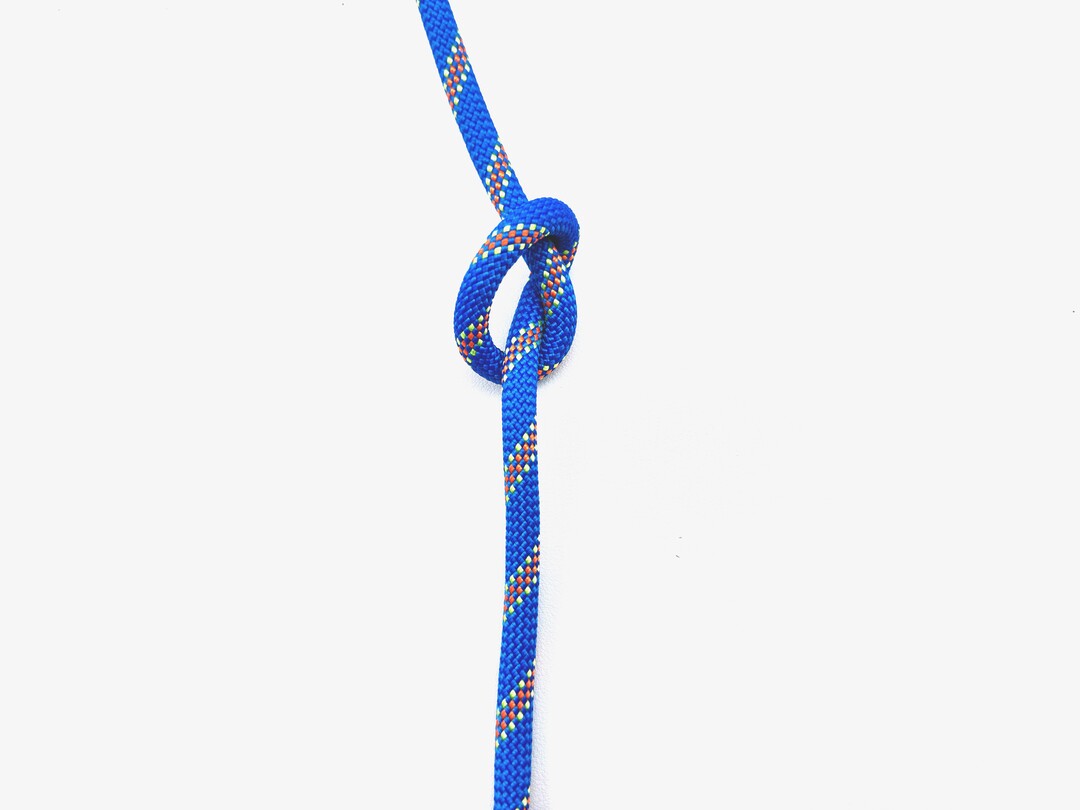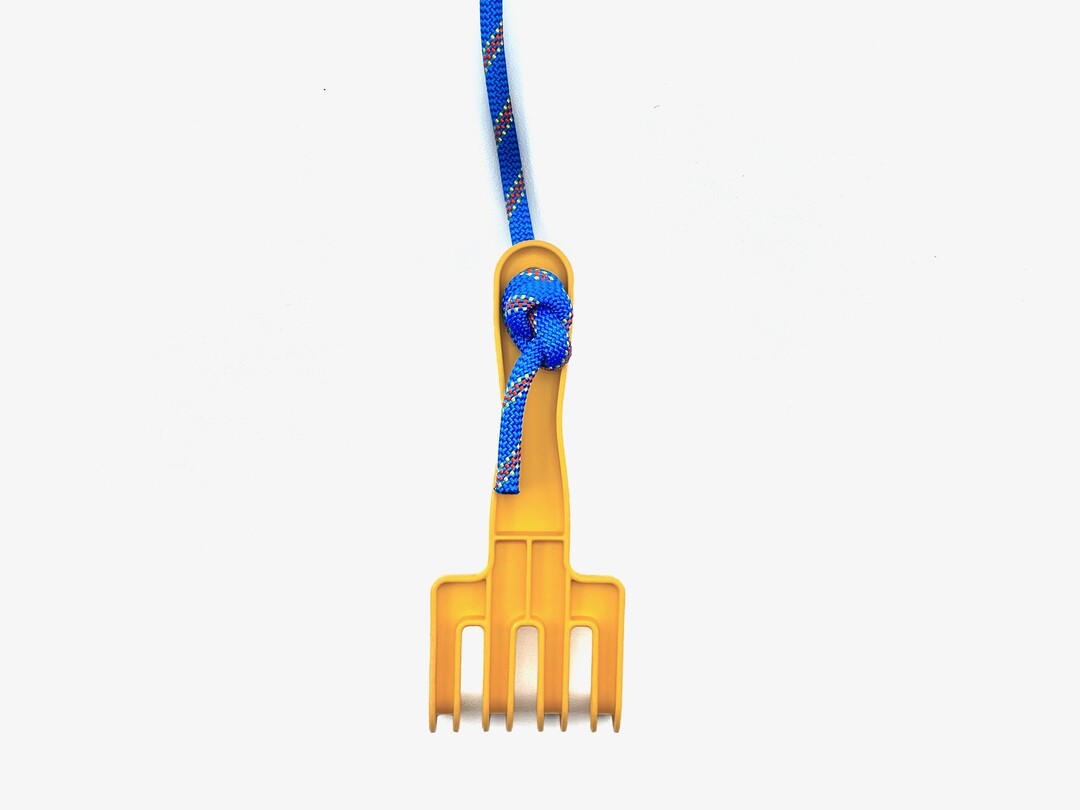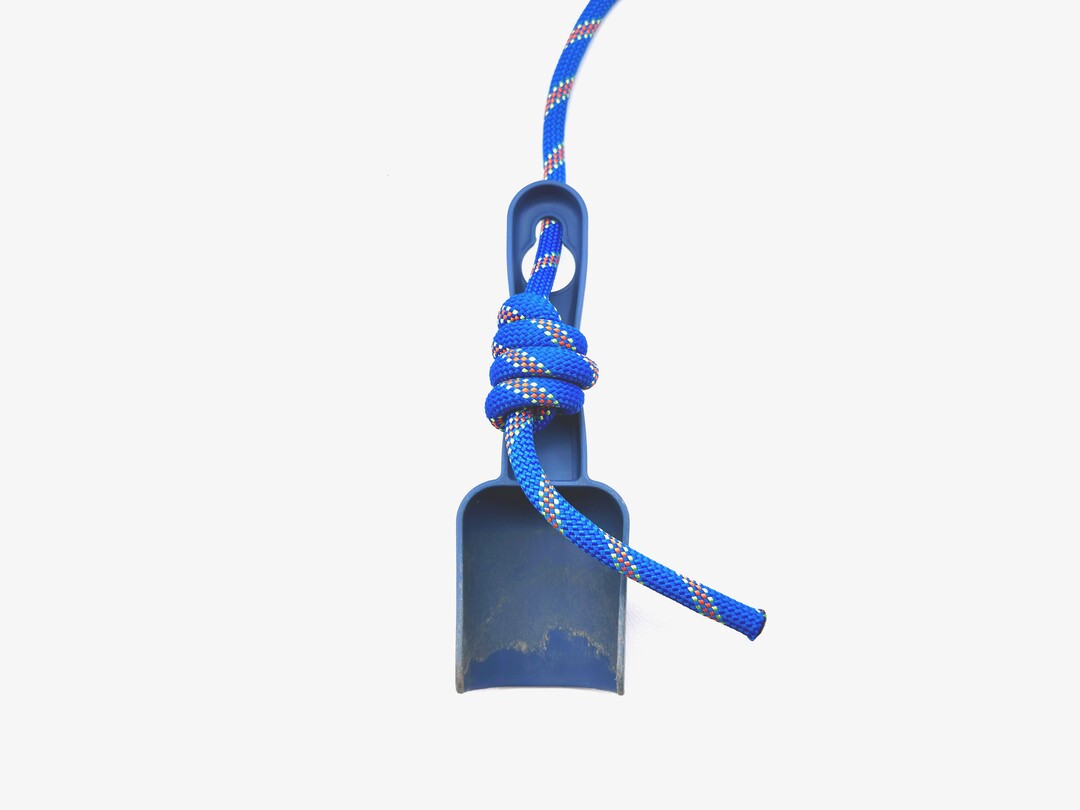
Step-by-Step Instructions
Step 1
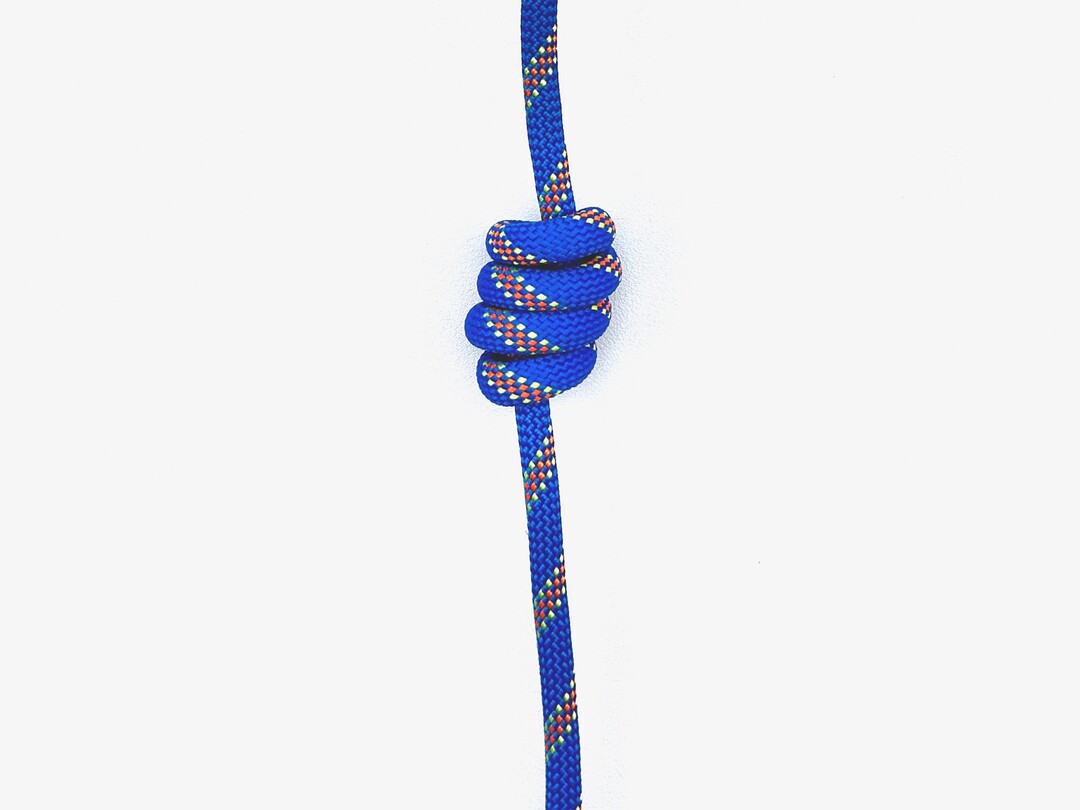
Step 2

Step 3
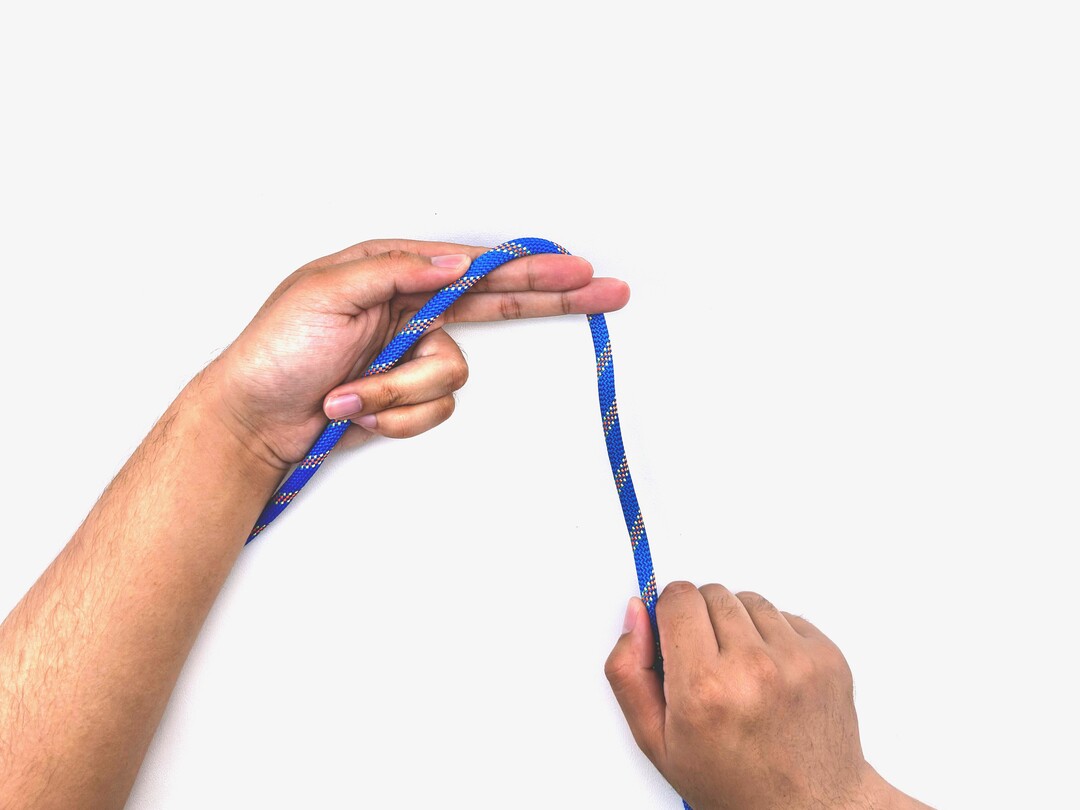
Step 4
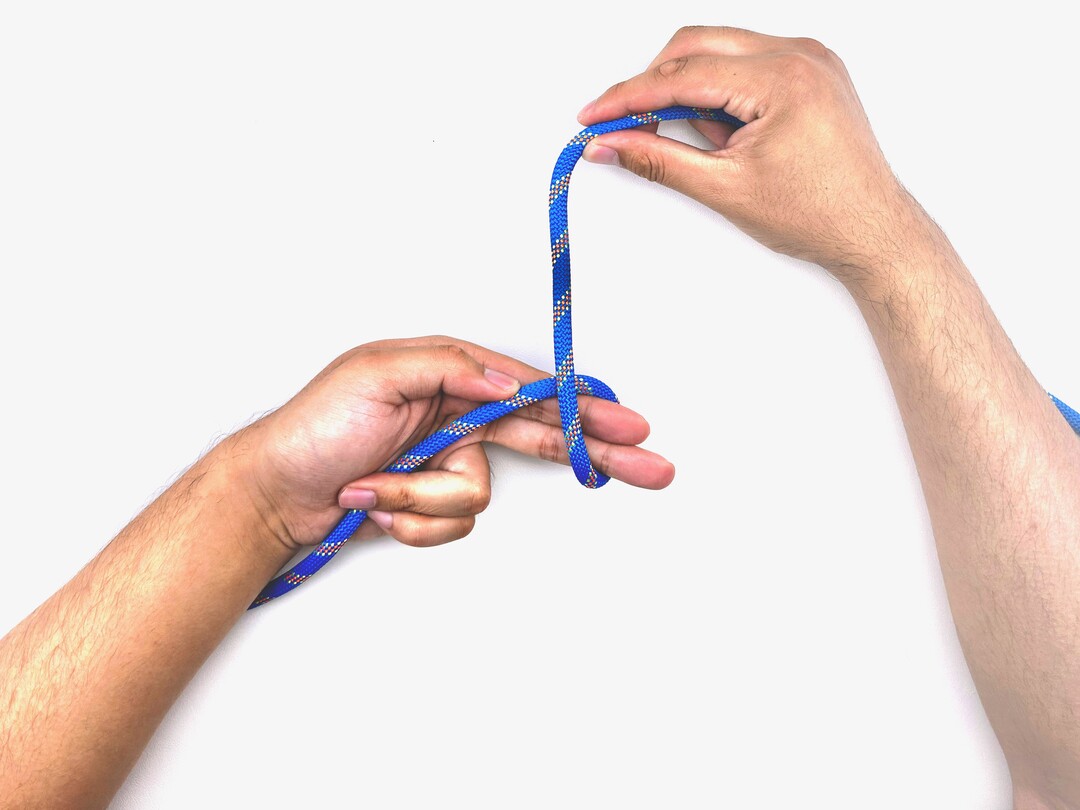
Step 5
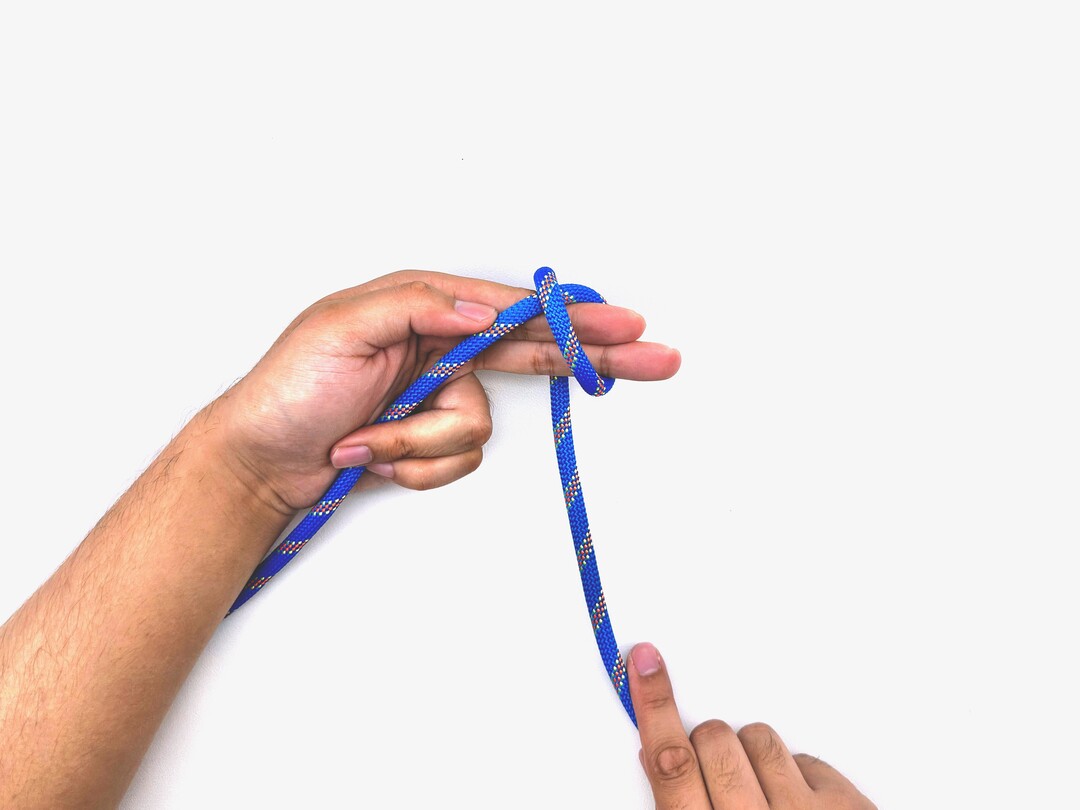
Step 6
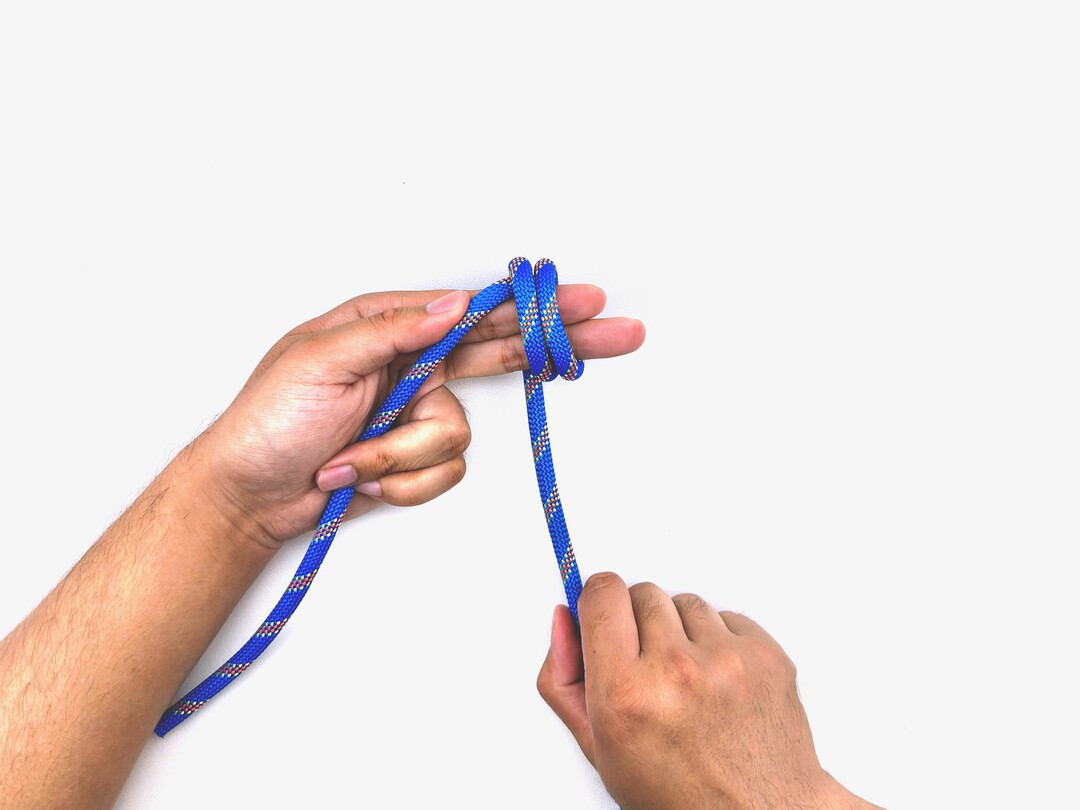
Step 7
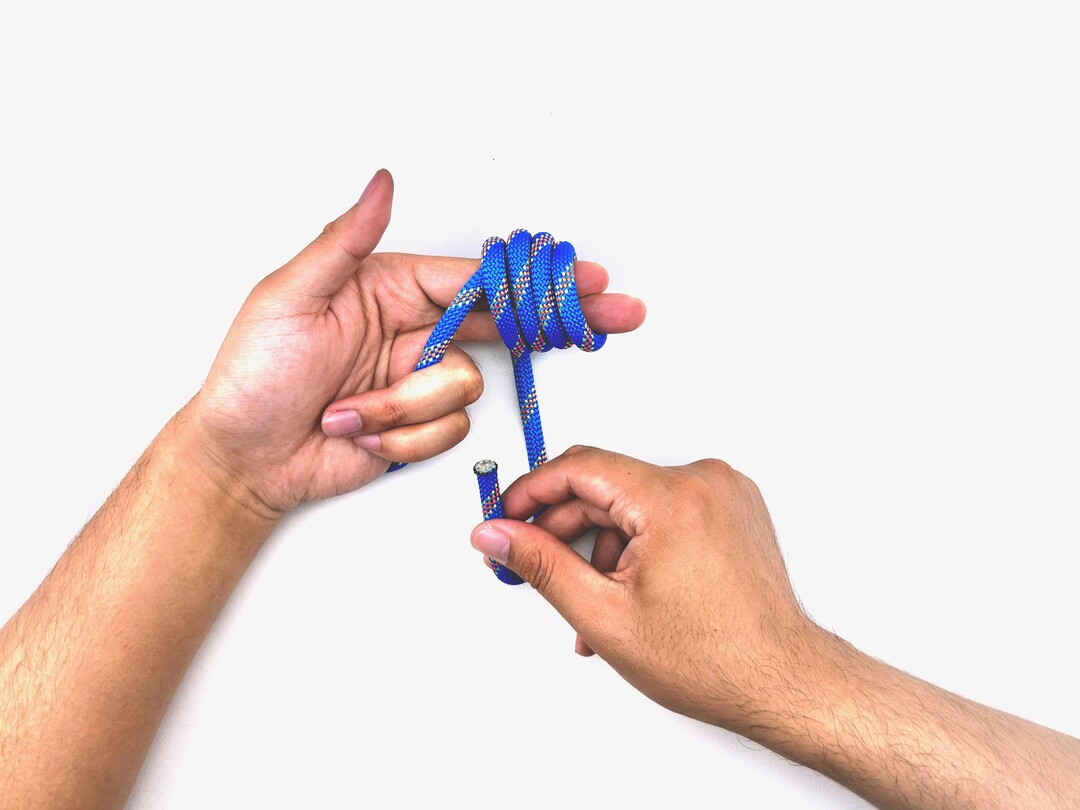
Step 8
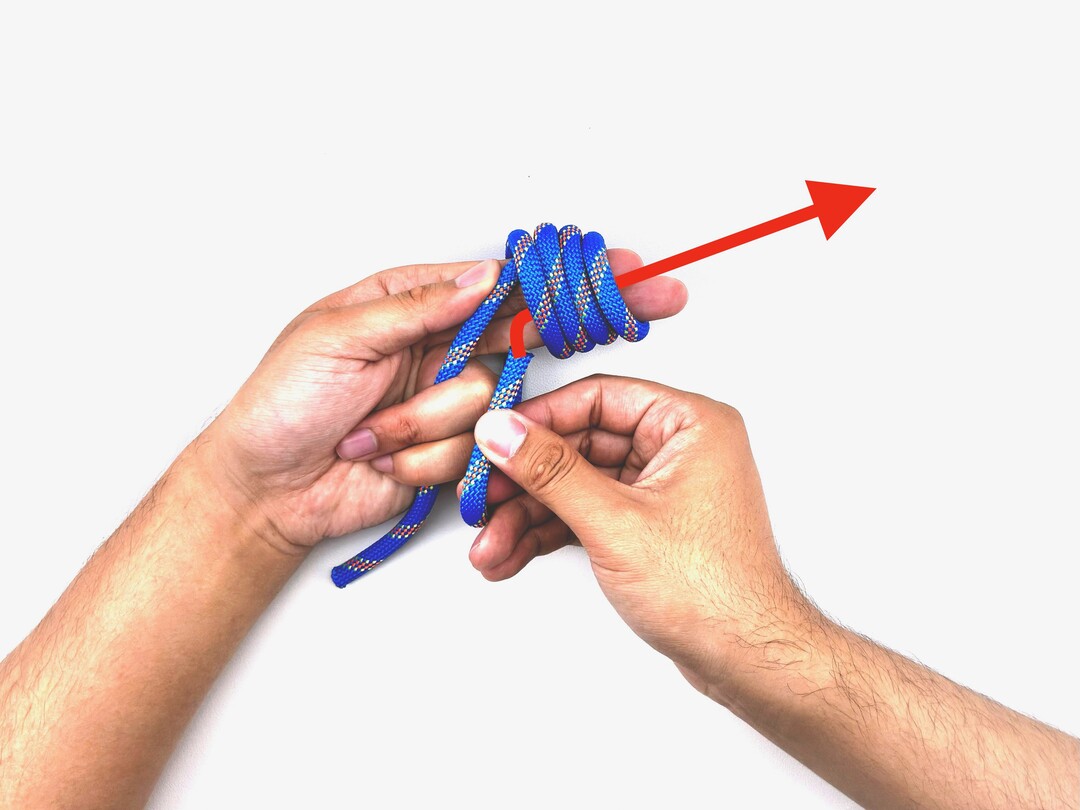
Step 9
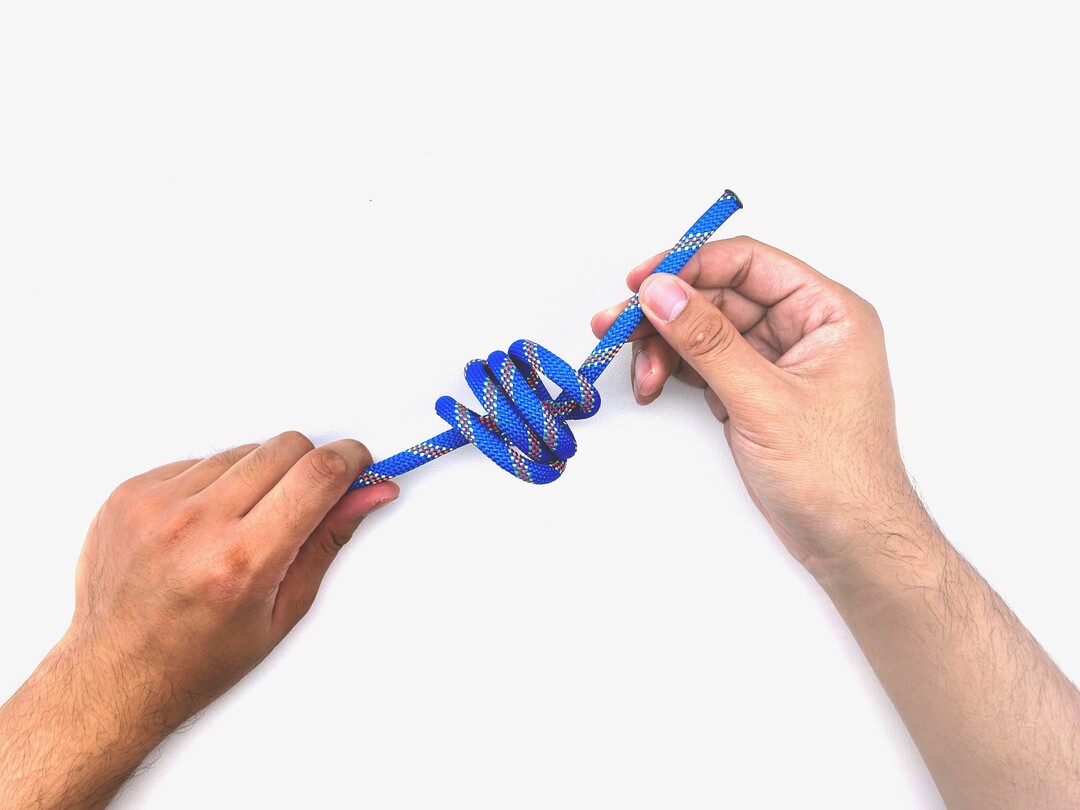
Step 10
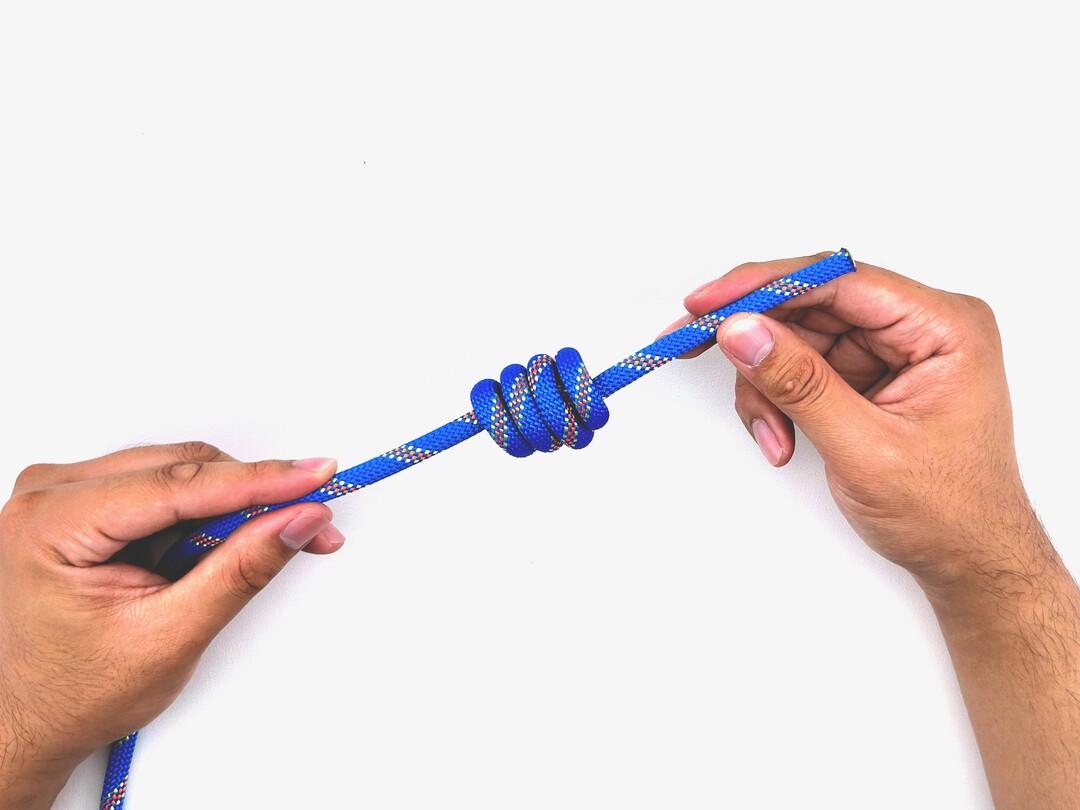
Multiple Overhand Knot
Stopper knot for preventing slipping or decoration.
The Multiple Overhand Knot is primarily used as a stopper knot to prevent ropes from slipping through openings. It can also serve as a weighted knot for heaving lines or as a decorative element in rope work. In embroidery, it's known as the 'French Knot.' Its structure involves multiple turns around the standing part, creating a bulkier and more secure version of the basic Overhand Knot.
Also Known As
- Heaving Line Knot
- Multi-fold Overhand Knot
- French Knot
- Quipu
- Khipu
Advantages
Provides a secure stopper knot that resists slipping and adds decorative appeal. Useful for heaving lines and embroidery.
Disadvantages
Can become difficult to manage with more than three turns, making it hard to dress neatly.
